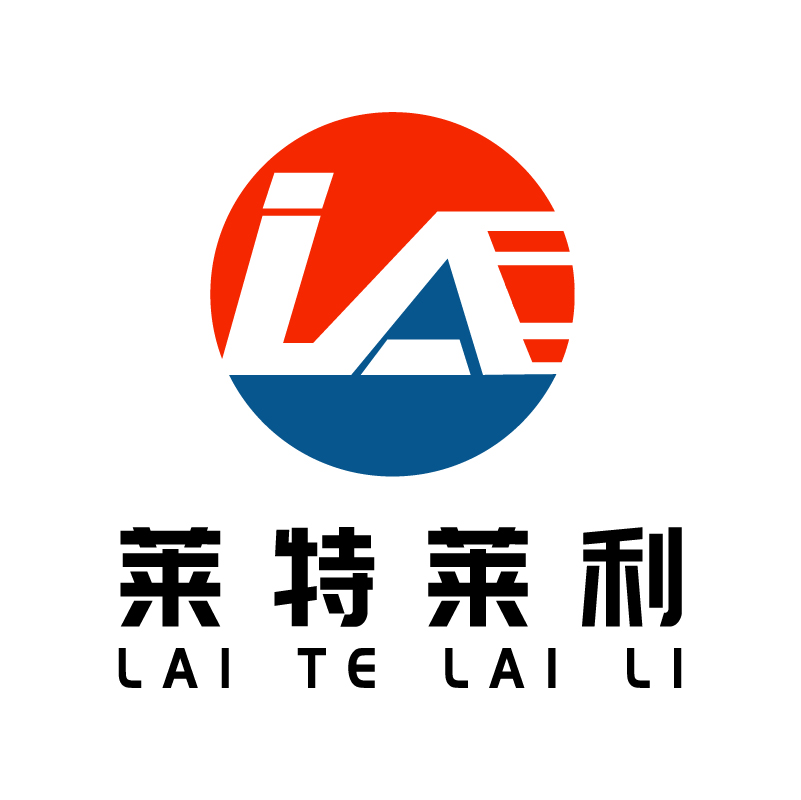Analysis of advantages and disadvantages of BOPP synthetic paper industry in South China
The development advantages and disadvantages of BOPP synthetic paper industry in South China are analyzed as follows:
Advantage
1.Strong market demand:
South China has developed economy, strong consumption power, and large demand for packaging materials. In particular, the demand for high-quality and environmentally friendly packaging materials in food and beverage, daily chemical products, electronic products and other industries continues to grow, providing a broad market space for the BOPP synthetic paper industry.
2.Industrial chain improvement:
South China's industrial chain is relatively perfect, from raw material supply to production and processing to sales links have more mature supporting. This helps enterprises to reduce procurement costs, improve production efficiency, and quickly respond to changes in market demand.
3.Strong technological innovation ability:
There are many scientific research institutions and universities in South China, which provide strong support for technological innovation in the BOPP synthetic paper industry. Enterprises can introduce, digest and absorb advanced technologies at home and abroad through industry-university-research cooperation, and improve the technical content and added value of products.
4.Excellent location:
South China is close to Southeast Asia and other overseas markets, which is convenient for enterprises to expand the international market. At the same time, the region has convenient transportation and low logistics costs, which is conducive to enterprises to reduce operating costs and improve market competitiveness.
5.Policy support:
National and local governments have introduced a series of policy measures to support the development of environmental protection materials industry, including financial subsidies, tax incentives and so on. These policies provide a good development environment for BOPP synthetic paper enterprises in South China.
Disadvantages
1.Fierce market competition:
There are many enterprises in the BOPP synthetic paper industry in South China, and the market competition is fierce. Enterprises need to continuously innovate and improve product quality, price, service and other aspects in order to be invincible in the market.
2.Raw material price fluctuations:
The main raw material of BOPP synthetic paper is polypropylene (PP), and its price is greatly affected by the fluctuations of international crude oil prices. The instability of raw material price will increase the production cost and operation risk of enterprises.
3.Environmental pressure increases:
With the enhancement of environmental awareness and the popularization of the concept of sustainable development, national and local governments have increasingly high requirements for environmentally friendly materials. Enterprises need to increase investment in environmental protection and improve the environmental performance of products to meet the requirements of the market and policies. However, it may also increase production costs and operational difficulties for enterprises.
4.High technical barriers:
The production of high-end BOPP synthetic paper products requires a high level of technology and research and development investment. For smes, technical barriers are high, and it is difficult to achieve technological breakthroughs and product upgrades in a short period of time.
5.Talent shortage:
Although South China is rich in talent resources, there is still a shortage of high-end technical and management talents. Enterprises need to increase the introduction and training of talents, improve the quality and technical level of employees, in order to support the sustainable development and innovation of enterprises.
In summary, the BOPP synthetic paper industry in South China has obvious advantages in terms of market demand, improvement of the industrial chain, and technological innovation, but it also faces challenges such as fierce market competition, fluctuations in raw material prices, and increased pressure on environmental protection. Enterprises need to give full play to their advantages, actively respond to challenges, and constantly improve their competitiveness and market position.



